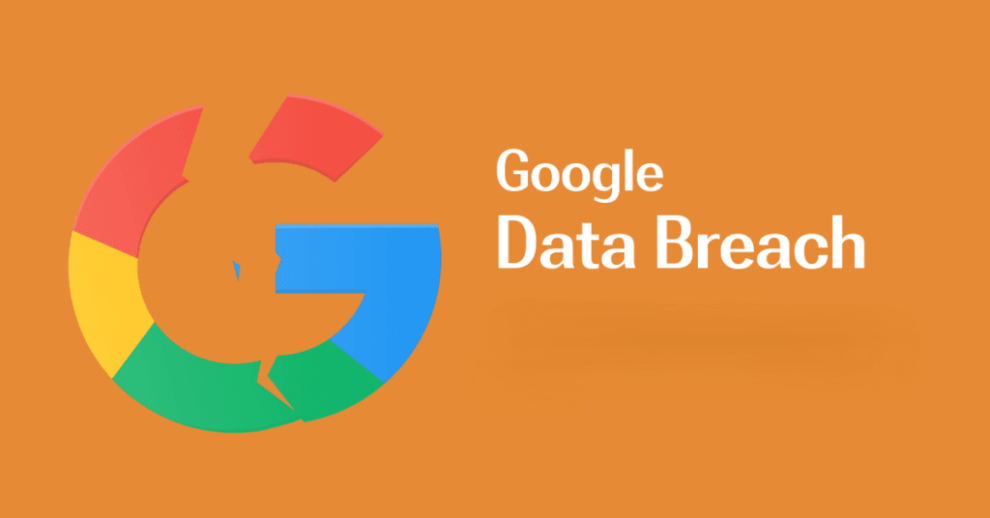In the digital age, data breaches have become an unfortunate reality for countless organizations, including tech giants like Google. As one of the world’s most prominent tech companies, Google’s reputation hinges on its ability to safeguard user information. Yet, despite stringent security measures, breaches have occurred, exposing sensitive data and raising concerns about privacy and trust. These incidents serve as stark reminders of the vulnerabilities inherent in our interconnected world. In this exploration, we’ll examine some of Google’s biggest data breaches, analyze their impacts, and discuss what they mean for users.
The Background: Google’s Security Commitment
Google has long positioned itself as a leader in data security and privacy. The company invests heavily in encryption, multi-factor authentication, and advanced threat detection systems. Its commitment is evident in initiatives like Project Zero, which aims to eliminate zero-day vulnerabilities in software, and its transparency reports, which detail government requests for user data. Despite these efforts, breaches have still occurred, highlighting the persistent challenges of securing vast amounts of personal information.
The Breaches: A Timeline of Incidents
While Google’s overall security posture remains strong, certain incidents have drawn scrutiny. Here are some of the most notable breaches:
2018: Google+ Vulnerability Disclosure
In October 2018, Google disclosed a vulnerability in its social networking platform, Google+. The flaw allowed third-party apps to access private user data, including names, email addresses, birth dates, and other sensitive information. Although the breach affected approximately 500,000 users, Google initially chose not to publicly announce it, citing fears of regulatory backlash and potential lawsuits. This decision sparked widespread criticism, prompting Google to shut down Google+ in April 2019.
The aftermath of this incident highlighted the tension between transparency and risk management. While Google argued that the breach was contained and no evidence of misuse was found, many users felt betrayed by the lack of disclosure. This episode underscored the importance of timely communication in crisis situations.
2020: Google Fit Data Leak
In December 2020, a security researcher discovered a flaw in Google Fit, a fitness-tracking service. The vulnerability exposed sensitive health data, including heart rate, weight, and sleep patterns, of approximately 1.3 million users. The issue stemmed from improperly configured APIs, which allowed unauthorized access to user data.
Although Google swiftly addressed the vulnerability, the incident raised concerns about the security of health-related data. Given the sensitive nature of this information, users expected Google to implement stricter controls and better oversight. This breach served as a wake-up call for companies handling personal health data, emphasizing the need for robust security measures.
2021: Gmail Phishing Scam
In February 2021, a phishing scam targeting Gmail users made headlines. Hackers exploited a flaw in Google’s OAuth protocol, allowing them to steal credentials and access sensitive accounts. While Google patched the vulnerability within hours, the breach affected tens of thousands of users worldwide.
Phishing attacks are notoriously difficult to prevent, as they rely on human error rather than technical flaws. However, this incident highlighted the importance of educating users about phishing tactics and encouraging them to adopt best practices, such as enabling two-factor authentication (2FA) and scrutinizing email links.

The Impacts: Ripples of Trust Erosion
Each breach had far-reaching consequences, affecting not only users but also Google’s reputation and industry norms. Here are some of the key impacts:
Loss of Trust
Data breaches erode trust, especially when users feel that their privacy has been compromised. After the Google+ breach, many users questioned the company’s commitment to transparency and accountability. Similarly, the Gmail phishing scam led to skepticism about the effectiveness of Google’s security measures. These incidents underscore the delicate balance between convenience and security in digital services.
Regulatory Scrutiny
Breaches often attract regulatory attention, leading to investigations and potential penalties. In the case of Google+, the Federal Trade Commission (FTC) launched an inquiry into the company’s handling of the breach. While no fines were levied, the incident prompted Google to strengthen its internal processes and improve its incident response protocols.
Industry Standards
High-profile breaches influence industry standards and best practices. Following the Google Fit leak, companies began reevaluating their API configurations and implementing stricter access controls. Similarly, the Gmail phishing incident reinforced the importance of ongoing security audits and user education programs.
Lessons Learned: Strengthening Security Posture
These breaches offer valuable lessons for both Google and the broader tech community. Here are some key takeaways:
Transparency Matters
Timely and transparent communication is critical during breaches. While Google eventually disclosed the Google+ vulnerability, the delay undermined user trust. In the future, companies should prioritize openness, providing clear explanations of the breach, its scope, and remediation efforts.
Education and Awareness
Phishing scams highlight the importance of user education. Educating users about common tactics and encouraging them to adopt security best practices can significantly reduce the risk of breaches. Google and other companies should invest in ongoing awareness campaigns and provide resources for staying safe online.
Continuous Monitoring
Vulnerabilities can emerge at any time, making continuous monitoring essential. Implementing automated tools for real-time detection and response ensures that threats are addressed promptly. Regular security audits and penetration testing are also crucial for identifying weaknesses before they can be exploited.
The Future: Toward a Safer Digital World
As technology evolves, so too must our approaches to data security. Here are some trends shaping the future of data protection:
Zero Trust Architecture
Zero trust architecture assumes that no user or device should be trusted by default. Instead, every access request is authenticated and authorized based on context. This approach minimizes the risk of lateral movement by attackers and ensures that even compromised accounts cannot access sensitive resources.
Privacy-Centric Design
Privacy-centric design embeds privacy protections into the core of software development. By designing systems with privacy in mind from the outset, companies can reduce the likelihood of vulnerabilities and breaches. Google’s privacy sandbox initiatives exemplify this approach, aiming to protect user data while enabling targeted advertising.
Decentralized Identity Systems
Decentralized identity systems empower users to control their own data, reducing reliance on centralized repositories. Blockchain technology and decentralized identifiers (DIDs) offer promising solutions for securing personal information while maintaining usability.
Google’s data breaches serve as a poignant reminder of the fragility of digital trust. While no system is immune to vulnerabilities, the frequency and severity of breaches underscore the urgent need for stronger security measures. For users, these incidents highlight the importance of staying vigilant, adopting best practices, and demanding accountability from tech companies.
For Google and its peers, these breaches present an opportunity to learn, adapt, and innovate. By embracing transparency, investing in education, and adopting cutting-edge security frameworks, companies can rebuild trust and foster a safer digital ecosystem. The journey toward data security is ongoing, but with collective effort and determination, we can create a future where privacy and innovation coexist harmoniously.
















Add Comment